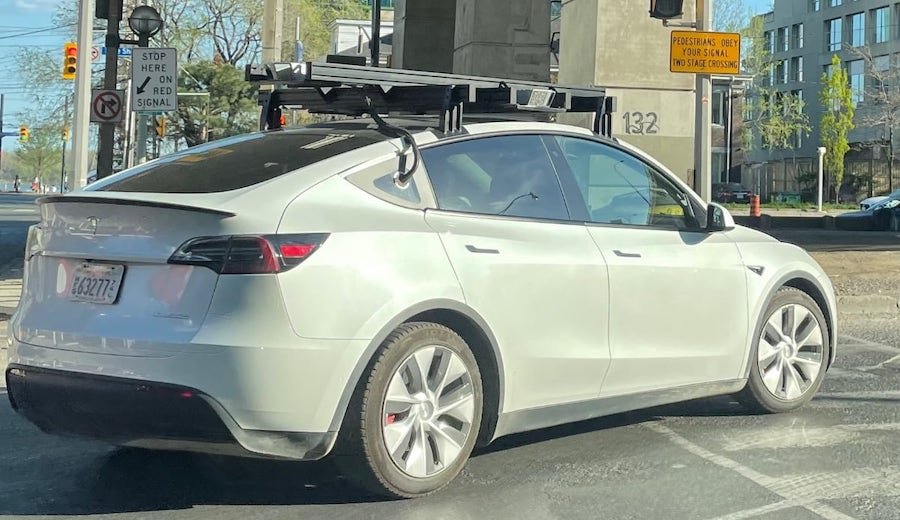Tesla Is Anti-Lidar. So Why Is It This Lidar Company's Biggest Customer?

Tesla, the company headed by a CEO who has called lidar a "crutch" and "fool's errand," spent at least $2 million on Lidar sensors in 2024—about 10% of the manufacturer's revenue this quarter alone.
As reported by The Verge, that number comes directly from lidar maker Luminar, which revealed in its quarterly earnings report that Tesla was its top customer so far this year.
Luminar says that Tesla represented around 10% of its $21 million quarterly income or around $2.1 million in sensor orders. Its sensors cost as much as $1,000 each. With some basic napkin path, Tesla's orders work out to somewhere in the neighborhood of 2,100 sensors.
Tesla has used lidar in vehicles before, just not how you think. In 2021, a Tesla Model Y fitted with four Luminar Hydra units was spotted driving around. This was timed just as a partnership between Tesla and Luminar came to light via a Bloomberg report. It raised speculation about what Tesla could be doing with these Lidar units strapped to its otherwise Lidar-less car.
But that's quite a reversal from Tesla, which has never had great things to say about the technology.
"What we’re going to explain to you today is that lidar is a fool’s errand," said Musk during a 2019 investors' event. "Anyone relying on lidar is doomed. Doomed. Expensive sensors that are unnecessary."
It was later apparent that the company may have been performing validation mapping, which means comparing the data produced by Tesla's vision-based systems to that of a Lidar sensor. However, 2,100 sensors seem like a tall order for validation mapping. At four sensors per car, this would work out to around 525 vehicles being fitted with these sensors.
To compound the curiosity, Musk replied on X to fan account Whole Mars Catalog by saying Tesla doesn't need to use lidar for validation mapping purposes anymore, either.
So what the heck is Tesla doing with these Lidar sensors? Some speculate that the sensors might be used for Tesla's upcoming Cybercab. Recent reports indicate that Tesla may be looking to launch its fleet of robotaxis in China all but immediately. Lidar in a new market would seem like a logical choice. Others believe the sensors could be used for Tesla's humanoid robot, Optimus.
Or maybe it's for something completely innocent like manufacturing or quality control—who knows? And if you ask Luminar their opinion, they seem to be just as in the dark as everyone else:
"This isn't the first time that they’ve ordered Lidars from us," said Luminar CEO Tom Fennimore during the company's earnings call. "But I would say it’s been more lumpy than recurring. What exactly they’re doing with them, we can only speculate."
Related News
